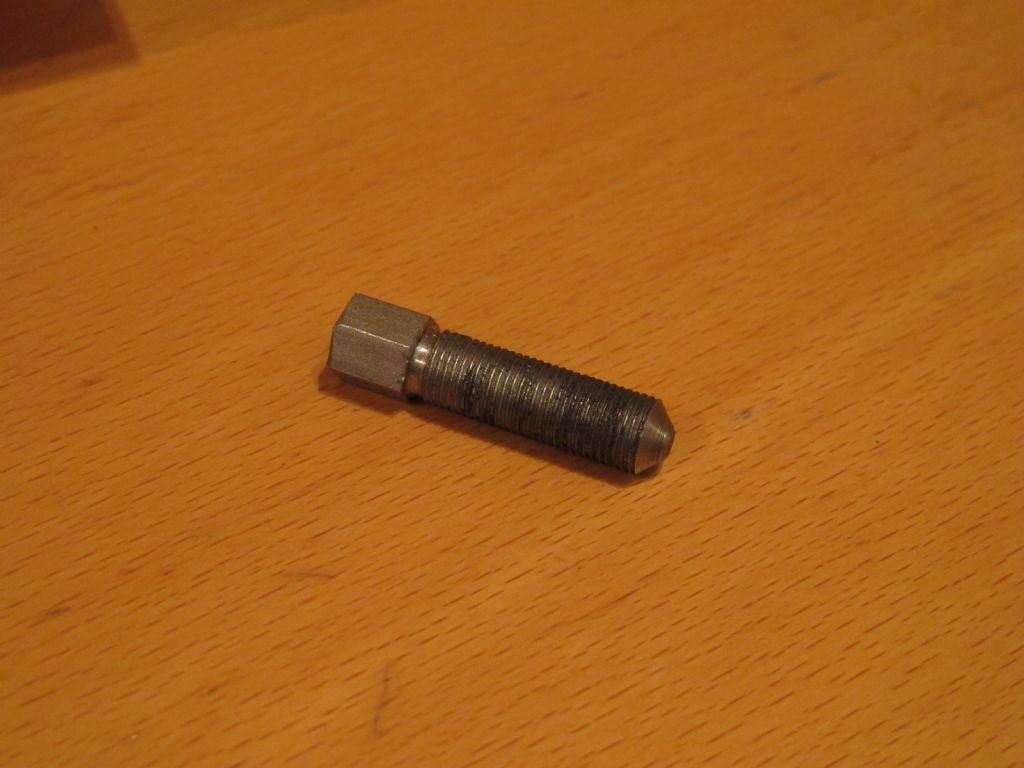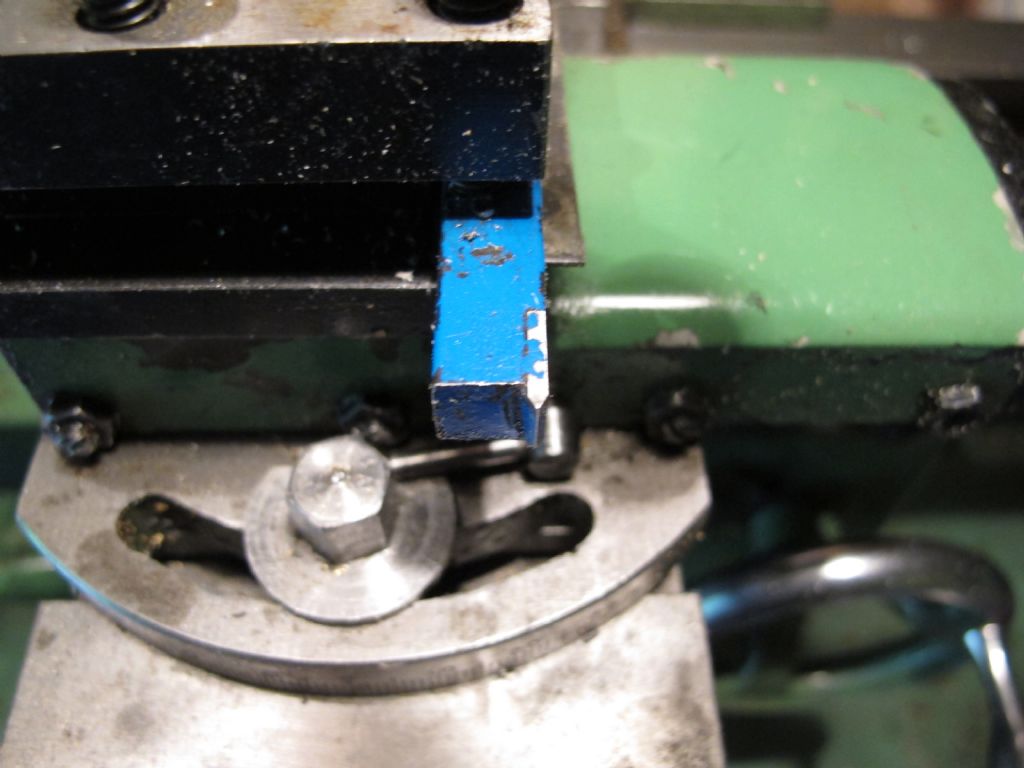Screw or nail file?
Screw or nail file?
- This topic has 10 replies, 7 voices, and was last updated 26 August 2013 at 09:00 by
Hopper.
Viewing 11 posts - 1 through 11 (of 11 total)
Viewing 11 posts - 1 through 11 (of 11 total)
- Please log in to reply to this topic. Registering is free and easy using the links on the menu at the top of this page.
Latest Replies
Viewing 25 topics - 1 through 25 (of 25 total)
-
- Topic
- Voices
- Last Post
Viewing 25 topics - 1 through 25 (of 25 total)
Latest Issue
Newsletter Sign-up
Latest Replies
- New member looking for help
- My experiences with an ELS lathe
- Readability / clarity in new combined magazine
- Amadeal AMABL210E Review – Any Requests?
- Martin Evans ‘SIMPLEX’ boiler bush thread form?
- TurboCAD Snaps and Dimensioning?
- Meddings MF4 Manual
- Boolean bewilderment
- Dial test indicator vs Dial indicator
- road registration and traction trailer.






